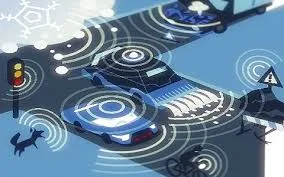Updated WIRELESS COMMUNICATION LAB VIVA INTERVIEW SHORT Questions And Answers PDF Free Download
July 16, 2023
Updated WIRELESS COMMUNICATION LAB VIVA INTERVIEW SHORT Questions And Answers PDF Free Download:-

Updated WIRELESS COMMUNICATION LAB VIVA INTERVIEW SHORT Questions And Answers PDF Free Download


